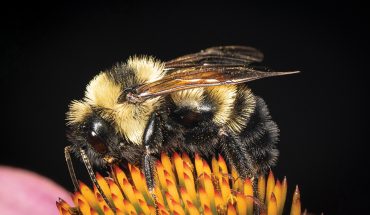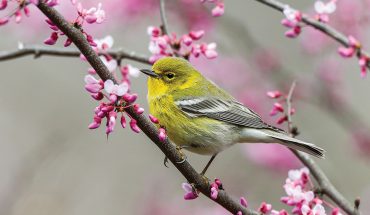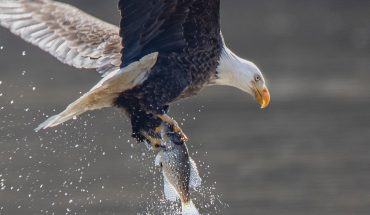These majestic animals are the largest mammal in the state, and are easiest to see in early fall during their mating season.
by Mike Dunn
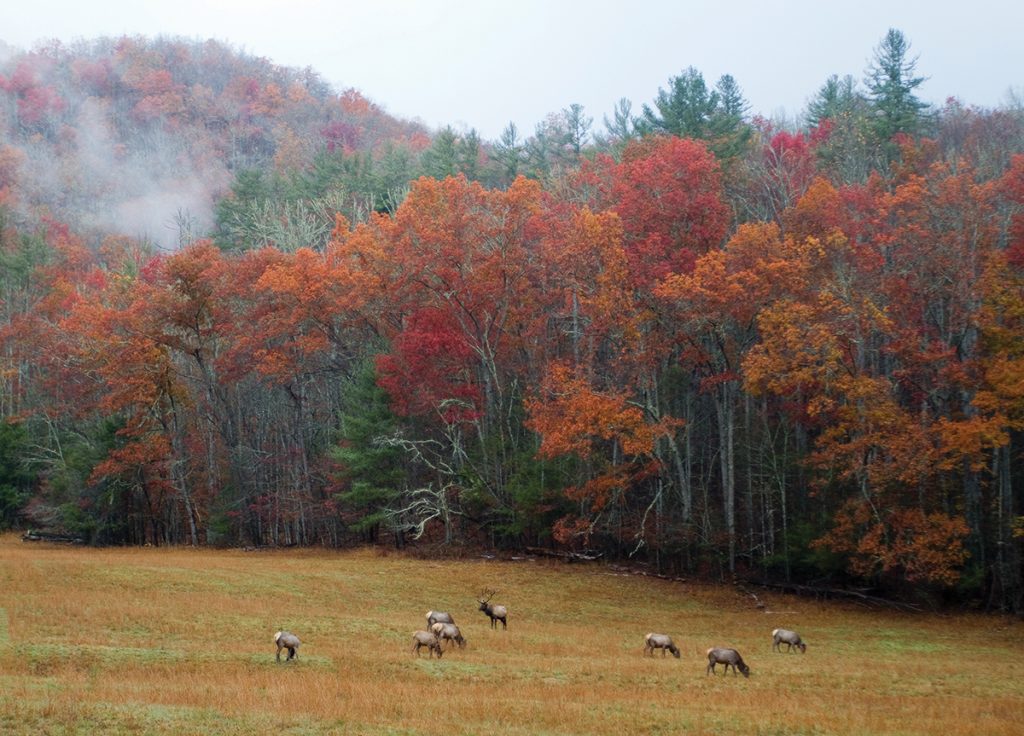
My first sighting of an elk in the wild was 40 years ago, in my favorite place on earth: Yellowstone. It was June, and the countryside was green with fresh vegetation. Driving into Mammoth, the park headquarters, it seemed like a scene from a zoo rather than a national park. Cow elk and a few calves were scattered all around the buildings, lounging in the grassy areas and generally ignoring the hundreds of people swarming the hotel, shops and visitor center.
Yellowstone elk are wild, and signage, as well as park literature, warns visitors not to approach them, especially cows with calves. This experience was a decade before the reintroduction of gray wolves to the park, and driving through the rich landscape, I saw literally thousands of elk, scattered throughout the open sage flats and grasslands.
A few years later, I took friends on a Yellowstone adventure in September. At that time of year, the landscape was mainly brown save for the golden aspens, and the elk were putting on a different kind of show. It was the season of the rut, when dominant bull elk, now sporting impressive antlers, were vying for the right to mate.
And that’s when I heard my first elk bugle — a long, whistle-like scream followed by some low grunts. I remember thinking, That doesn’t sound like something that should come out of such a massive animal.
Almost 20 years later, I was leading a teacher workshop in Cataloochee Valley in Great Smoky Mountains National Park (GSMNP) in western North Carolina. It was dawn on a cold Saturday morning, and frost crystals decorated the grasses in the meadow.
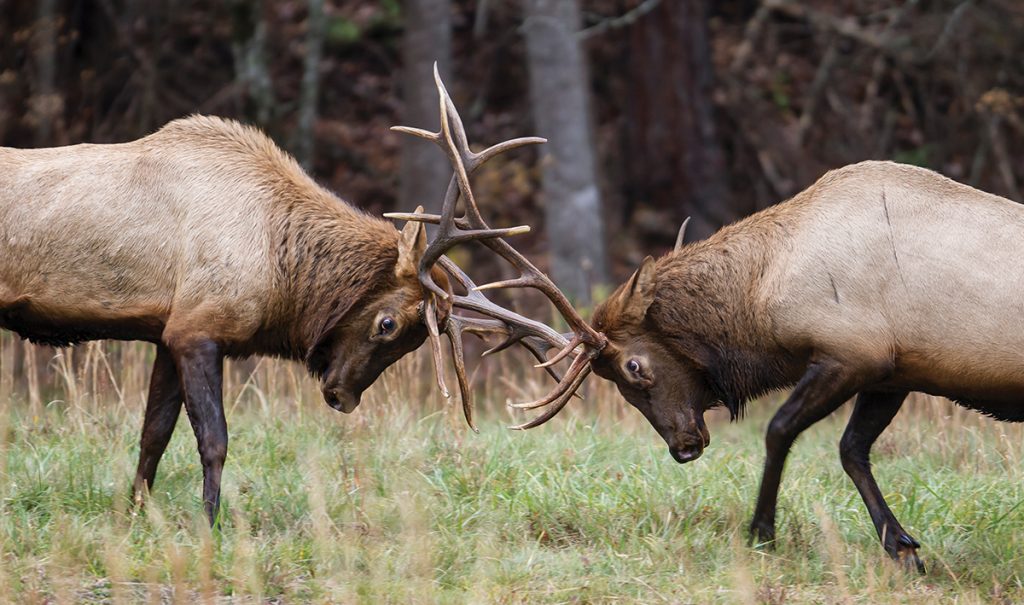
A huge bull elk strutted out across the field eyeing a small herd of cow elk nearby. The breeding season was winding down, but he was still intent on maintaining his herd.
Another large bull was across the road. We watched in amazement as the dominant bull walked toward the intruder, neck outstretched, and then let out a bugle. That was the first elk bugle I heard in my home state, and it brought to mind the wildness I always feel when out West.
That bugling bull looked different from the ones I saw in Yellowstone. He sported some elk “bling” — bright-colored ear tags and a leather radio-tracking collar.
He was one of the first elk to be reintroduced back into their former range in our mountains, and the National Park Service was keeping a close eye on him and his friends. The workshop was in late October of 2003, two years after the first elk were reintroduced into the Smokies.
Historically, elk were found throughout much of the East and roamed the mountains and foothills of North Carolina, until their disappearance from our state around 1790 due to hunting and habitat alteration.
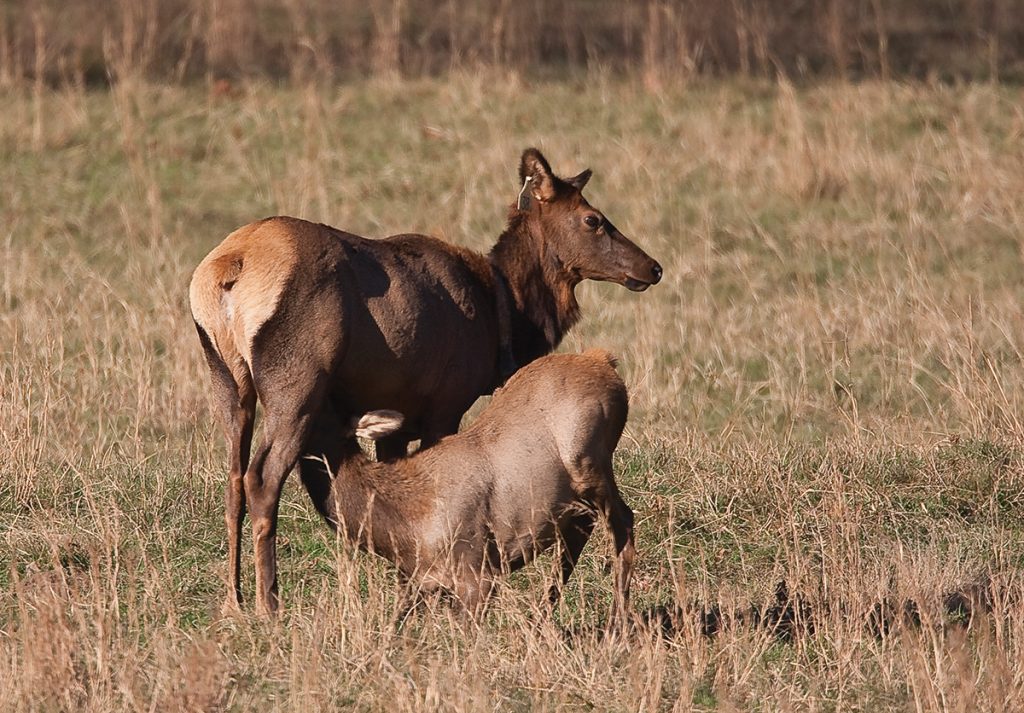
In 2001 and 2002, after decades of discussion about how to return the elk to the state, the National Park Service decided to reintroduce 52 animals from Kentucky and Manitoba, Canada, into Cataloochee Valley. More than 20 years later, our elk population now numbers around 200 animals in a large swath of public and private lands in and around the valley.
Elk are one of the largest members of the deer family. In NC, they are considered the largest land mammal (larger than most black bears), with bulls weighing more than 700 pounds and standing 5 feet tall at the shoulder.
They are 8 to 10 feet in length from nose to tail and can carry impressive antlers weighing more than 40 pounds that have a spread of 4 to 5 feet. When a big bull steps up onto the road in front of your car, you realize how massive these animals are.
Cows are generally smaller and do not develop antlers; they usually give birth to a single calf in May or June. Elk feed on grasses and wildflowers, as well as leaves, fruit and twigs of shrubs and trees, and are capable of consuming up to 20 pounds of vegetation in a day.
The mating season, or rut, is from September through early November, and the most dominant bulls gather herds of cows (called harems) for breeding. Bulls spend much of their efforts gathering the cows and warding off potential rival males, and bugling is an important part of that ritual.
If another male is determined and seemingly equally matched, a struggle may ensue, with the bulls lowering their heads and locking antlers in a sparring match.
These battles occasionally result in injuries to one or both combatants, but more often, the lesser bull retreats to try again another day. Once the rut is over, bulls may gather together in bachelor herds.
Outside the rut, elk may travel far and wide in search of food and cooler temperatures. Cows and calves remain in a herd throughout much of the year, but often isolate themselves to give birth. They rejoin the herd once the calf is able to keep up, at about two weeks of age.
There are several good places to view elk in our mountains: Cataloochee Valley and the area around the Oconaluftee Visitor Center in GSMNP; up on the Blue Ridge Parkway near Cataloochee; the nearby town of Maggie Valley; and the land of the Eastern Band of Cherokee Indians near Cherokee.
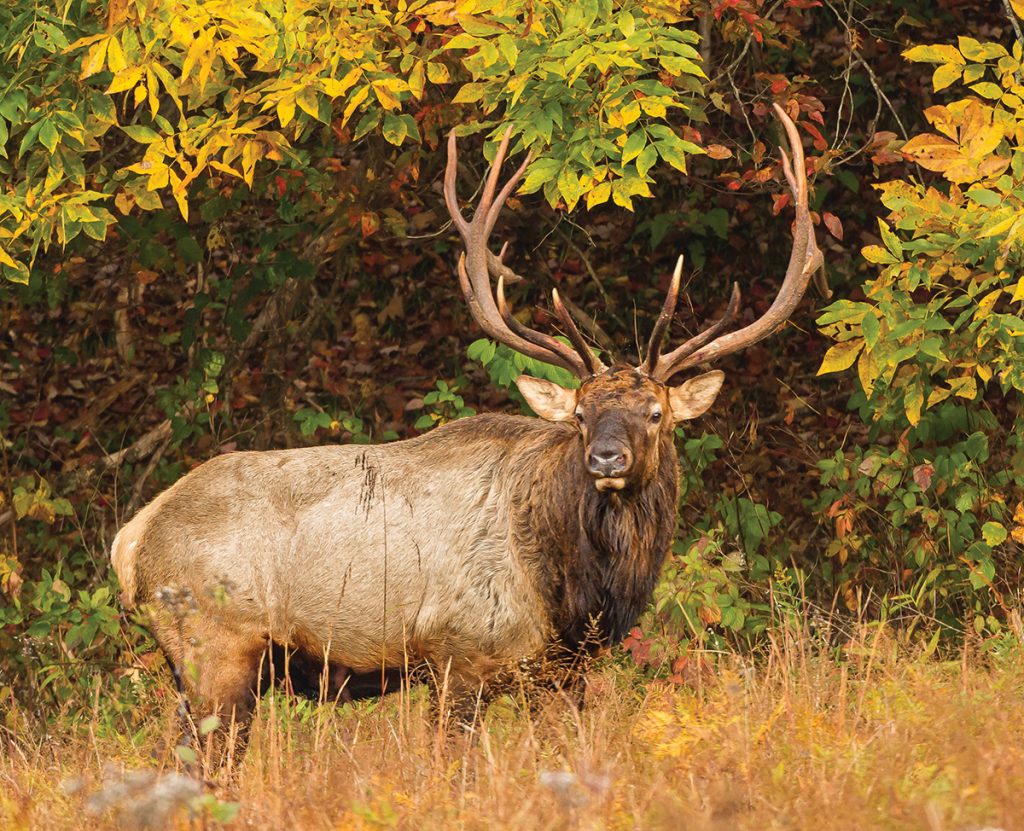
Best viewing times are generally early and late in the day. Fall is a great time for elk viewing because they gather in larger groups for the rut. (Spring and summer may find elk and their calves feeding in fields, but seeking shelter from the heat in the adjacent forests; winter is the toughest time to observe them, as many spend more time in the forests.)
Visitors to Cataloochee need to be aware that the long gravel road into the valley is quite curvy and narrow, and it can get crowded on weekends in autumn between the elk and fall color.
If you go to see the elk, please observe responsibly and obey the rules — elk are large animals and can be dangerous, especially during the rut or when calves are present. Within GSMNP (and this is good advice everywhere) you must stay at least 150 feet away from the elk.
It is also important not to feed them or any other wildlife you encounter. In the park, visitors are required to stay out of the fields when elk are present and to view them safely from the roads using binoculars and telephoto lenses.
I applaud the many agencies and individuals that have worked so hard to bring back this important piece of wildness to our state. And I encourage you to make a trip to see and hear these majestic mammals.
This article originally appeared in the October 2023 issue of WATLER magazine.


